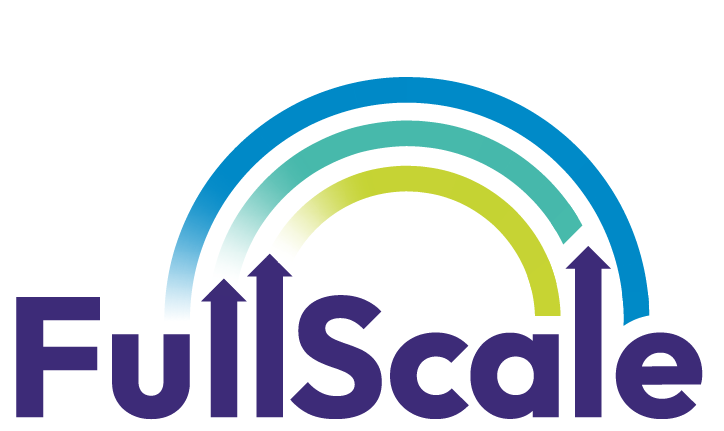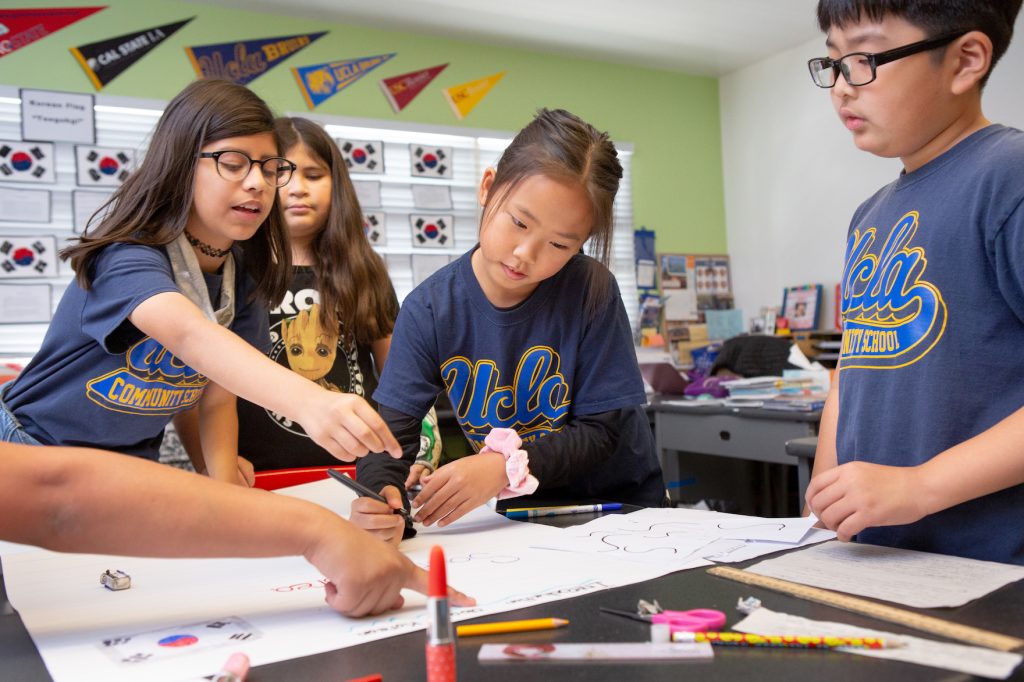There’s no shortage of innovative work happening across the K-12 sector, but without system-wide coherence, even the most promising efforts consistently fail to translate into lasting change for students.
At every level of the system — state agencies, districts, schools, and the partners that support them — leaders launch promising innovation initiatives. However, these efforts often remain disconnected both from one another and from the student learning they ultimately intend to improve. In recent collaboration with these leaders, creating coherence has begun with grounding innovation in a simple but powerful question: What are we trying to change about students’ learning experiences?
By making this throughline explicit and linking innovation strategies to the student outcomes they’re designed to impact, leaders can align efforts across the system and build shared purpose. While this may seem evident for leaders who are directly connected to the students in their buildings, when working with state leaders focused on creating policy and infrastructure, the connections felt less obvious. Rather than tracking implementation milestones alone, we need data that tells a deeper story of how learning has changed. For example, the Quello Center for Media and Information Policy assessed the effectiveness of high-speed internet access to rural students with indicators of educational attainment, directly linking infrastructure with student learning opportunity. As a K-12 sector, we need to rethink how we measure the impact of innovation, particularly at the systems level. For many leaders, this requires asking another question: How is this innovation improving student learning, even when the strategy isn’t directly tied to classroom instruction?
Innovation Without Coherence Becomes Compliance
From the outside, it may look like the K-12 sector is in constant motion. States roll out new standards; districts adopt new tools; and schools implement new instructional models. On the ground, these efforts often feel disconnected, duplicative, or directionless. Practitioners often wonder why they’re being asked to change their practice, how their work fits into a bigger picture, or what these changes intend to accomplish.
Leaders at every level are doing their best to move the work forward, but their structures weren’t built for coherence. And contributing to that fragmentation? The sheer volume of initiatives, the division of responsibilities across agencies and departments, and a persistent human tendency to measure what’s easiest.
In turn, that fragmentation often turns innovation into compliance. Educators go through the motions — attend the training, adopt the tool, fill out the report. Without a clear, shared vision of what’s changing for students, the work often loses meaning and momentum.This dynamic only worsens when students and educators are left out of the design process. Without their insights and lived experience, strategies often miss the mark and implementation suffers. Incoherent systems create confusion, erode trust, sap energy, and stall the progress our students deserve.
Backward Mapping from Student Learning to Create Coherence
The solution isn’t more or even better siloed initiatives: it’s coherence. That means designing every strategy with student learning at the center and working backward from the desired student experience.
Before launching a new policy, program, or pilot, leaders need to anchor their strategy in a clear vision for student outcomes. Whether a strategy is directly student-facing, like expanding broadband access, or more systems-focused, such as investing in professional learning or redesigning infrastructure, leaders must explicitly connect to the intended student impact. That clarity will build shared purpose across the system, helping teams understand how their work connects and why it matters. That vision setting also lays the foundation for meaningful progress monitoring and real-time adjustment.
A Tool to Help Leaders Measure What Matters
Designing initiatives for coherence takes a shared approach to understanding how change is supposed to happen and where to look for signs of progress. Recently, we used a multi-level Theory of Change with our partners at the Council of Chief State School Officers (CCSSO). This simple but powerful resource helps teams articulate the connections between the strategy, practice, and outcomes of their innovation across the system by grounding expected changes in an evidence-based theory or framework.
Used well, a Theory of Change is more than a plan. It’s a tool for learning across every level of an initiative, from leader to learner. By documenting what change looks like at the system, teacher, and student levels, teams can test their assumptions, identify misalignment, and create space for thoughtful iteration. Most importantly, it keeps the focus on real, sustained improvement in student learning.
The Call to Action: Coherence as a Leadership Practice
Coherence isn’t a checklist but a way of leading. It means approaching every decision with clarity about the student experience and aligning policies, programs, and people around that goal. It means designing backward from student learning, not forward from implementation. It requires choosing metrics that reflect what matters — even if they’re harder to capture, and using tools not just to plan, but to reflect, adapt, and realign as we learn. Leaders at every level can begin this work today. Whether launching a new initiative or revisiting an existing one, the first step is to get clear on the desired changes for students.
By articulating a clear theory and deliberately designing initiatives with students in mind, leaders throughout the system can chart a path toward meaningful, durable innovation.





